Marine biology - Old exams
1/81
There's no tags or description
Looks like no tags are added yet.
Name | Mastery | Learn | Test | Matching | Spaced |
|---|
No study sessions yet.
82 Terms
Advantages/explanations to planktonic larvae.
To avoid local over-crowding
To prevent complete extinction
Spreading the bets
Foraging on plankton
Which larvae dominates at higher latitudes and why?
Larvae with direct development due to planktonic larvae being dependent on plankton foraging and phytoplankton having a short season due to lack of sunlight, but also due to the cold water temperature making development slow down in planktonic larvae and them being at higher risk of dying due to longer exposure.
Definition of Bernoulli’s principle
Pressure varies inversely with velocity of the surrounding fluid.
How and by whom is Bernoulli’s principle uesd?
Fish. They have curvature at the top of their fin which creates a longer path for water to travel and thus increases velocity which in turn decreases pressure which creates a lift of the fin.
Burrowers. They create a U-shaped hole in the sediment with one opening further up than the other which creates a longer path for water and thus increases velocity which in turn decreases pressure which creates a flow through the hole.
Definition of principle of continuity
Velocity in a pipe is inversely proportional to the area of the pipe’s cross section.
How and by whom is principle of continuity used?
Sponges. They have many small holes where water enters and one small hole where water exits. The area for the “entering-holes” is larger than the exiting, creating low velocity when water enters to ensure feeding and gas exchange and high velocity when water exits to prevent back-flow.
Simultaneous hermaphroditism
Both functioning female and male at the same time. Advantageous for sessile animals or animals with low population density to ensure that any individual is a compatible partner. E.g. acorn barnacles.
Protandrous hermaphroditism
Starts off as male and later becomes female when individual is larger. Advantageous when egg production is costly, larger females generate more offspring. E.g. Clown fish.
Protogynous hermaphroditism
Starts off as female and later becomes male when individual is larger. Advantageous when aggression is essential for mating, larger males generate more offspring. E.g. Red groupers.
Ways to quantify biodiversity
Alfa-diversity (species richness) - measure number of species in a habitat.
Beta-diversity (species richness) - measure number of species that are unique in an area.
Phylogenetic diversity - measure total evolutionary history among species in a habitat.
Explanation to geographical distribution patterns
Vicariance - (allopatry) a species have been subdivided and isolated.
Dispersal - (planktonic larvae) individuals of a species have been dispersed to a new area and isolated from original population.
General trends for marine biodiversity
Latitude - Higher diversity at low latitude due to e.g. higher temperature, more light.
Longitude - Higher diversity near the Indo-Pacific.
Depth - Higher diversity with depth up until just beyond the continental slope, then lower with depth.
Different oceans - Higher diversity in the Pacific than Atlantic.
Inshore and open oceans - Higher diversity in open oceans than inshores and estuaries (variability, space).
Limiting factors for shallow coral reefs
Temperature - need warm but not too warm
Light - need light due to zooxanthellae
Shallow - due to light conditions
Sedimentation - gets smothered by sediment and increases risk of disease.
Turbidity - need clear water for sunlight
Strong waves / storms - breaks off
Bioerosion - grows slowly, animals break them down/feed on them.
Dominating taxon of kelp forests
Brown algae of group Laminariales.
Where do we find kelp?
Environmentally: shallow (5-15 m), cold (below 20°C), open, clear, nutrient rich water.
Geographically: Southern California, west coast of North America, Australia, New Zealand, Coasts of South America, South Africa.
General trends of diversity
Latitude - higher diversity at lower latitudes due to light conditions and temperature, also space.
Depth - higher diversity with depth up until just beyond the continental slope due to more stable environment, after less diversity with depth due to lack of light and low temperature.
Population density in the deep sea
Populations are not dense in the deep sea due to few species being able to survive such low light and temperatures, but there are hot spots where diversity peaks such as by hot vents and cold seeps due to higher temperature and more nutrients.
General large-scale patterns of wind-driven surface currents
Air gets heated at the equator, rises and moves towards higher latitudes. While doing so it drags ocean water with it and creates currents. This is done under the Coriolis effect, causing a deflection of both air and water to the right in the Northern Hemisphere and to the left in the Southern. At 30-60°, westerlies drive water to the northeast in the northern and the southeast in the southern and at 0-30° tradewinds drive water to the southwest (north) and northwest (south) but due to Ekman’s spiral the net direction of water is 90° to the right in the ongoing direction (meaning right in the north and left in the south). This causes water currents that are going in circles called gyres, going clockwise in the north and counterclockwise in the south.
Highs and lows of primary production
Primary production is the highest near the equator (at low latitudes), meaning that it is most important at higher latitudes which generally have lower production overall.
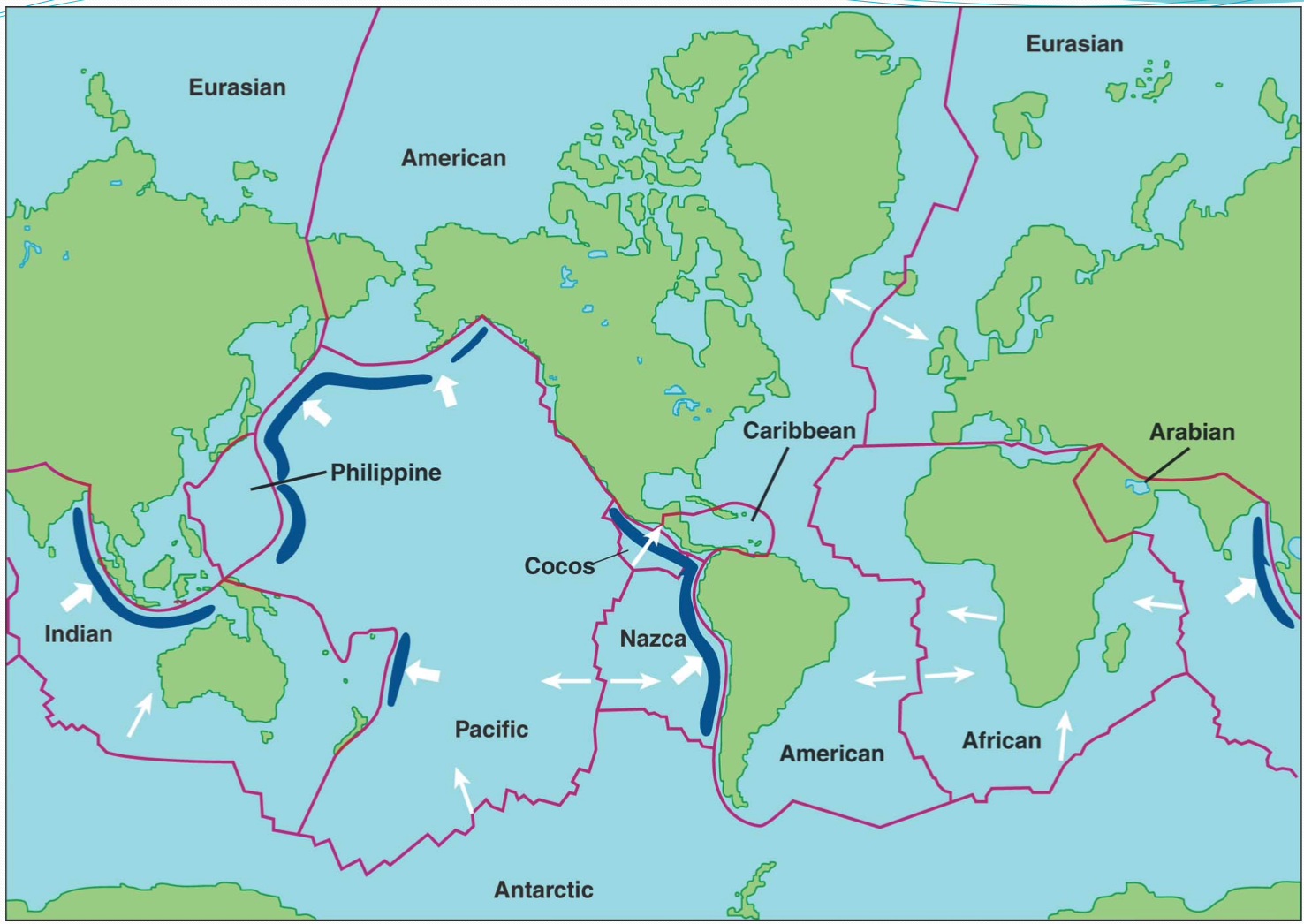
What are the blue and red lines?
Blue: Subduction zones or trenches.
Red: Divergence zones or ridges.
How are trenches created?
By tectorial plates moving towards each other, forcing one plate (the lighter one) below the other.
How are ridges created?
By tectorial plates moving away from each other, creating a gap an letting magma pour out that creates new crust.
Describe the benthic environment of trenches
Very deep, cold and dark. This causes diversity to be low due to only specialised animals being able to survive there.
Describe the benthic environment of ridges
Less deep, cold and dark than trenches. This causes diversity to be higher. There are also hot vents and cold seeps present at ridges which diversifies it even more but there are only hot spots of animals at these places.
Where do we not find shallow water coral reefs?
There are cold currents from Antarctica towards the west coast of South America.
There is low salinity from the Amazon river flowing out at the northeast coast of South America.
Historical scenario of distribution at different places in the Atlantic
3.5 billion years ago, there was migration between the North American Atlantic and the European. 18,000 years ago, glaciers restricted their migration between each other. 4,000 years ago it opened up again but migration only from Europe towards North America occurred.
Exceptions to general depth trend of diversity
Hot vents and cold seeps. They provide the deep sea with nutrients and higher temperature which causes more animals to be able to live near and around them.
What is spring plankton bloom?
When plankton blooms a lot during the spring due to more light and higher temperature, causing the mixing depth to decrease and the surface water to become more stable for plankton to reproduce.
Hypothesises for zooplankton’s vertical migration
Energy conservation - move down to restore energy due to low temperature.
Light damage - move down to avoid dangerous UV-light.
Predation - move down to avoid being targeted by predators.
Phytoplankton restoration - move down to let phytoplankton recover.
Surface restoration - move down to let surface water recover and mix.
Homeotherms
Organisms that regulate their body temperature to be stable no matter the environment. E.g. dolphins and tuna.
Poikilotherms
Organisms that conform their body temperature to match the environment. E.g. octopuses and clown fish.
Advantages and disadvantages of homeotherms
+High metabolism and cellular activity.
-Heat and energy loss to keep body temperature high.
Advantages and disadvantages of poikilotherms
+No heat or energy loss.
-Lower metabolism and cellular acitvity.
Reasons for latitudinal diversity gradient
Higher temperature and more light (higher primary production), earth is bigger, more stable environment, though most likely a mixture.
Invasive species
An alien species that has been transported to a region where it disrupts the populations there, the environment, humans or the economy.
Vectors of invasive species
Ballast water - water is taken up in one spot and left in another, taking animals and larvae with it.
Hull fouling - organisms attach and grow on hulls of boats and are transported with them making them able to release larvae and reproduce at different places.
Example of invasive species and its vector
Shore crab (Carcinus maenas), not completely known but probably got transported with ballast water or through fouled equipment.
Plankton
Organisms that live in the open ocean and cannot swim against currents. E.g. diatoms.
Nekton
Organisms that live in the open ocean and can swim against currents. E.g. tuna.
Meroplankton
Organisms that live part of their lifecycle in the open ocean. E.g. larvae of different animals such as crustaceans.
Holoplankton
Organisms that live their whole lifecycle in the open ocean. E.g. copepods.
Which factors prevent phytoplankton bloom in the winter?
Cold temperature, low light, deep mixing depth. Causes surface water to be unstable and prevents plankton from staying there.
Which factors do not prevent phytoplankton bloom in the winter?
Nutrients, since they are well mixed in the winter. Zooplankton grazing.
What causes phytoplankton bloom to collapse?
The stable surface water creating a thermocline that reduces mixing further. This is good in the beginning but as nutrients decline due to plankton feeding plankton eventually dies when there’s too little nutrients. They sink to the bottom and take their nutrients with them, causing the surface to run out of nutrients.
What are interstitial fauna?
A group of different taxon that live between sand grains and such. They are all elongated and worm-like to be able to move in the habitat. E.g. polychaetes.
What are zooxanthallea?
Photosynthesising algae, often dinoflagellates, that are found as symbiotic partners in many invertebrates.
Why are zooxanthellae important to corals?
They aid corals in removing excretory products, provide them with oxygen, manufacture carbohydrates, enhance calcification and aid in lipid synthesis.
What is the fate and effects of “Human” CO2?
CO2 is dissolved in the oceans, causing pH to decrease and breaks down carbonate for animals that are dependent on carbonated shells.
Will CO2 increase stimulate primary production in the oceans?
In principle it would since CO2 is needed for primary production. But it doesn’t in reality since CO2 is rarely a limiting factor for primary production, nitrogen and/or phosphorus are.
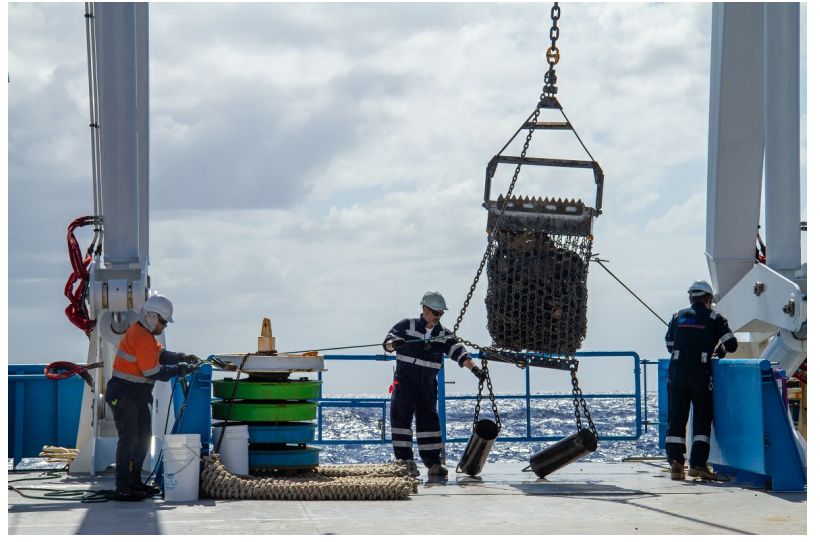
What sampling gear is this and how is it used?
A dredge. It is dragged along the bottom to collect invertebrates.
What are 2 electric-powered samling gears and how do they work?
Unmanned submersible - a robot that is controlled by humans with lights, cameras and arms to collect samples.
Manned submersible - a type of submarine that humans occupy to dive into the deep with lights, cameras and arms to collect samples.
What is an Operational Taxonomic Unit (OTU)
A group of closely related individuals which are arranged together based on the similarity of specific sequences such as the 16s rRNA gene.
How are OTUs used?
To measure diversity, species richness, community composition and comparative diversity.
Role of microbes in the marine food web
They form a bridge by eating plankton, bacteria and particles that are too small to be eaten by zooplankton and later be eaten by zooplankton to ensure that these nutrients don’t go to waste and keep in the food web.
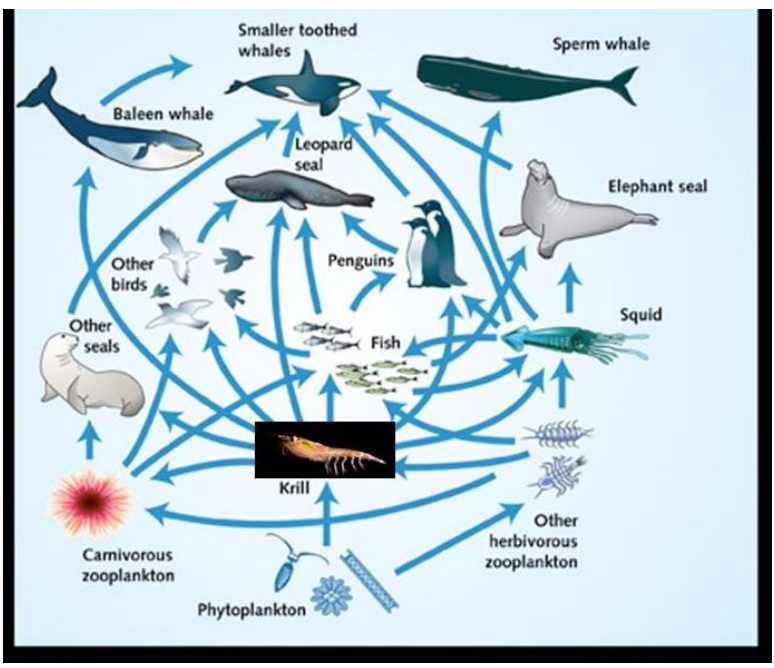
What is this?
A food web
Is the transfer from one trophic level to the next 100%?
No, since energy needs to be put into several factors in each organisms body other than just size, most is lost and cannot move up to the next level.
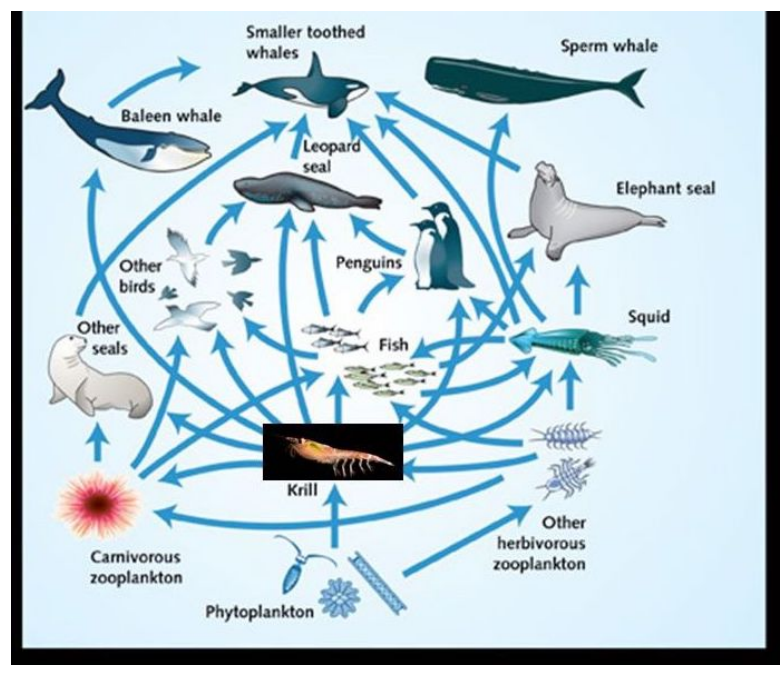
The removal of krill would directly affect which species the least?
Squid, since they have many more sources of food compared to the others, but also because they are further down in the food web, the top levels are always the most affected.
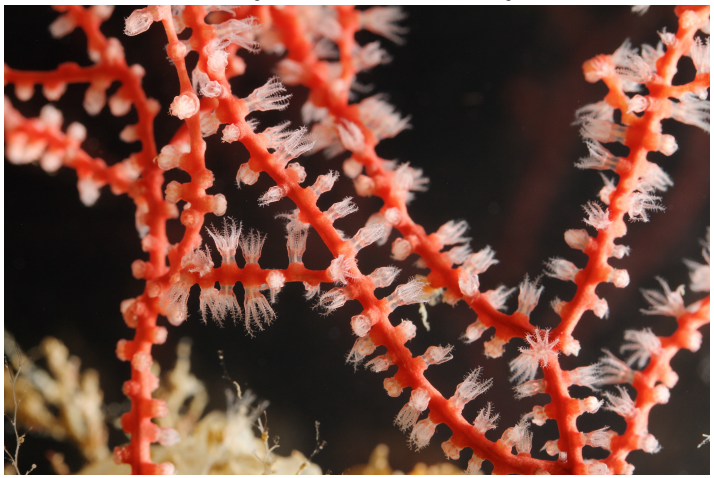
What class does this animal belong to, and what is its mode of feeding?
Anthozoa, suspension feeder
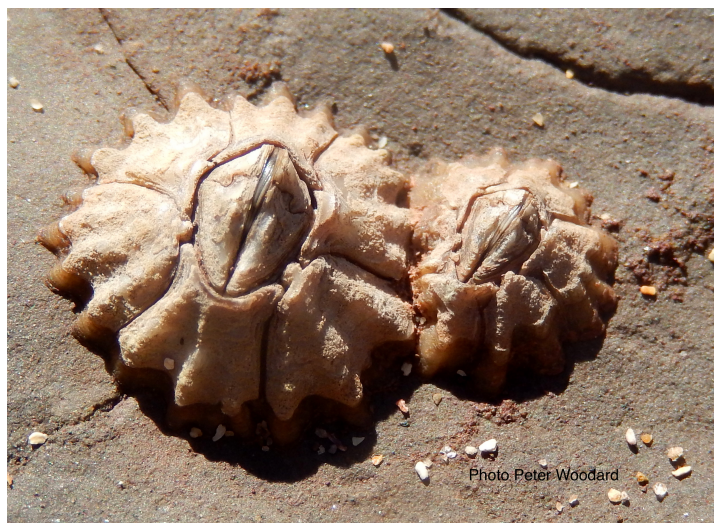
What phylum or class do these animals belong to, and what is its mode of feeding?
Acorn barnacles; Crustacea, suspension feeder.
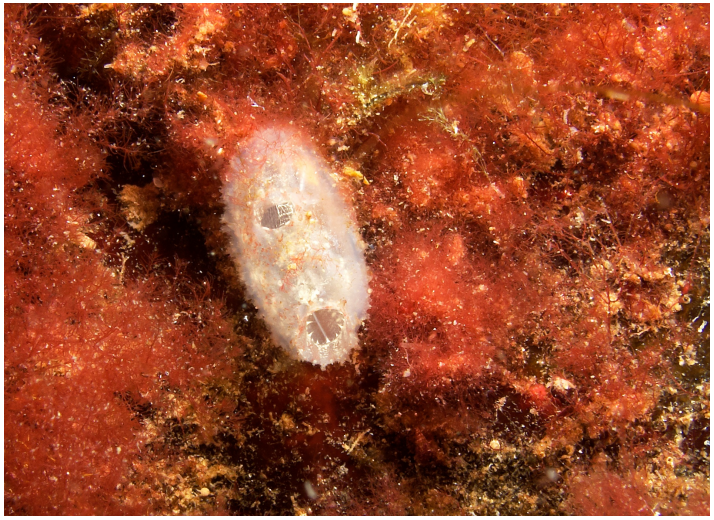
What class does this animal belong to, and what is its feeding mode?
Sea squirt, Ascidiacea, filter feeder.

What class does this animal belong to, and what is its feeding mode?
Sea urchin, Echinodermata, Echinodea, herbivorous grazer.

What phylum do these animals belong to, and what is its mode of feeding?
Cnidaria, Hydrozoa, carnivorous
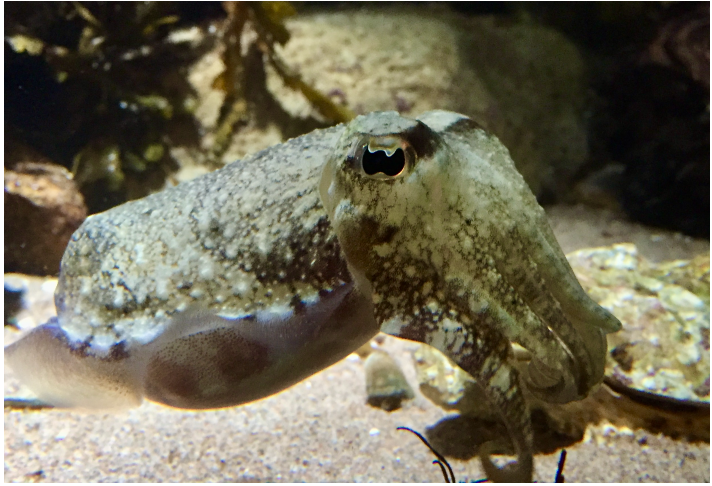
What phylum or class does this animal belong to, and what is its mode of feeding?
Mollusca, Cephalopoda, carnivorous.
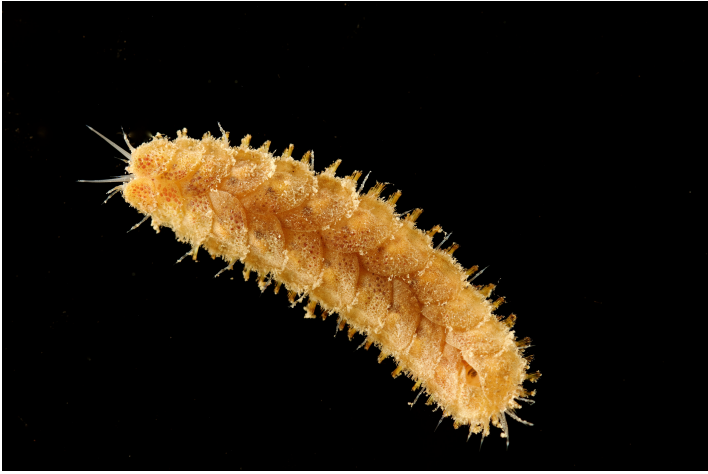
What phylum does this animal belong to, and what is its feeding mode?
Annelida, Polychaeta, deposit feeder.
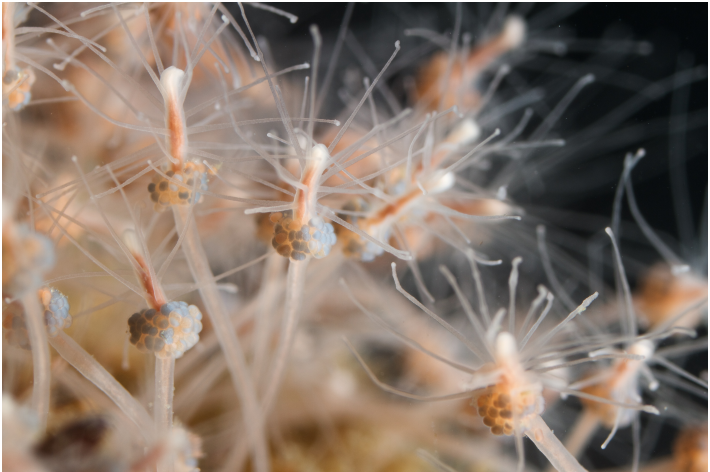
What class does this species belong to, and what is its mode of feeding?
Bryozoa, suspension feeder.
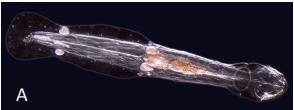
What phylum or class does this animal belong to, and what is its feeding mode?
Zooplankton, Chaetognatha, Carnivourous.

What phylum or class does this animal belong to, and what is its feeding mode?
Dead man’s fingers, Anthozoa, Cnidaria, suspension feeders.

What phylum or class does this animal belong to, and in what environment does it live?
Pansarmask, Kinorhyncha, benthic
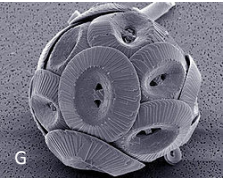
What phylum or class does this animal belong to, and what is its feeding mode?
Coccolithophore, photoautotrophic.
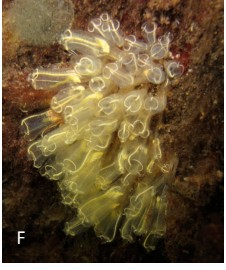
What phylum or class does this animal belong to, and what is its feeding mode?
Sea squirt, Ascidiacea, filter feeder.
Feeding mode of Bryozoa
Suspension feeder, uses lophophore to catch plankton.
Feeding mode of Ascidiacea
Filter feeder, uses siphons to filter plankton.
Feeding mode of Crustacea, crab
Omnivore, scavenger, predator
Feeding mode of Crustacea, lobster
Carnivore, scavenger
Feeding mode of Crustacea, amphipod
Detritus feeder, scraper
Feeding mode of Crustacea, barnacle
Filter feeder, uses cirri to sweep plankton
Feeding mode of Crustacea, copepoda
Suspension feeder
Feeding mode of Mollusca, Gastropoda
Grazer
Feeding mode of Mollusca, Bivalvia
Filter feeder
Feeding mode of Mollusca, Cephalopoda
Carnivore
Mollusca, Polyplacophora
Grazer
Feeding mode of Annelida, Polychaeta
Deposit feeder